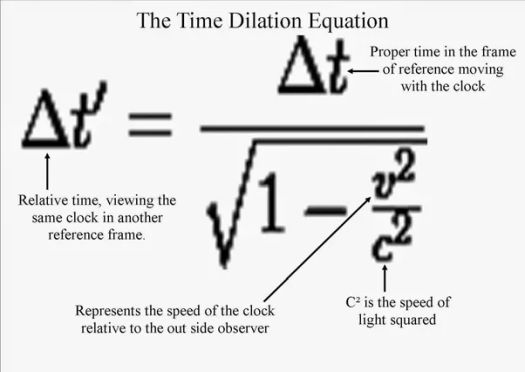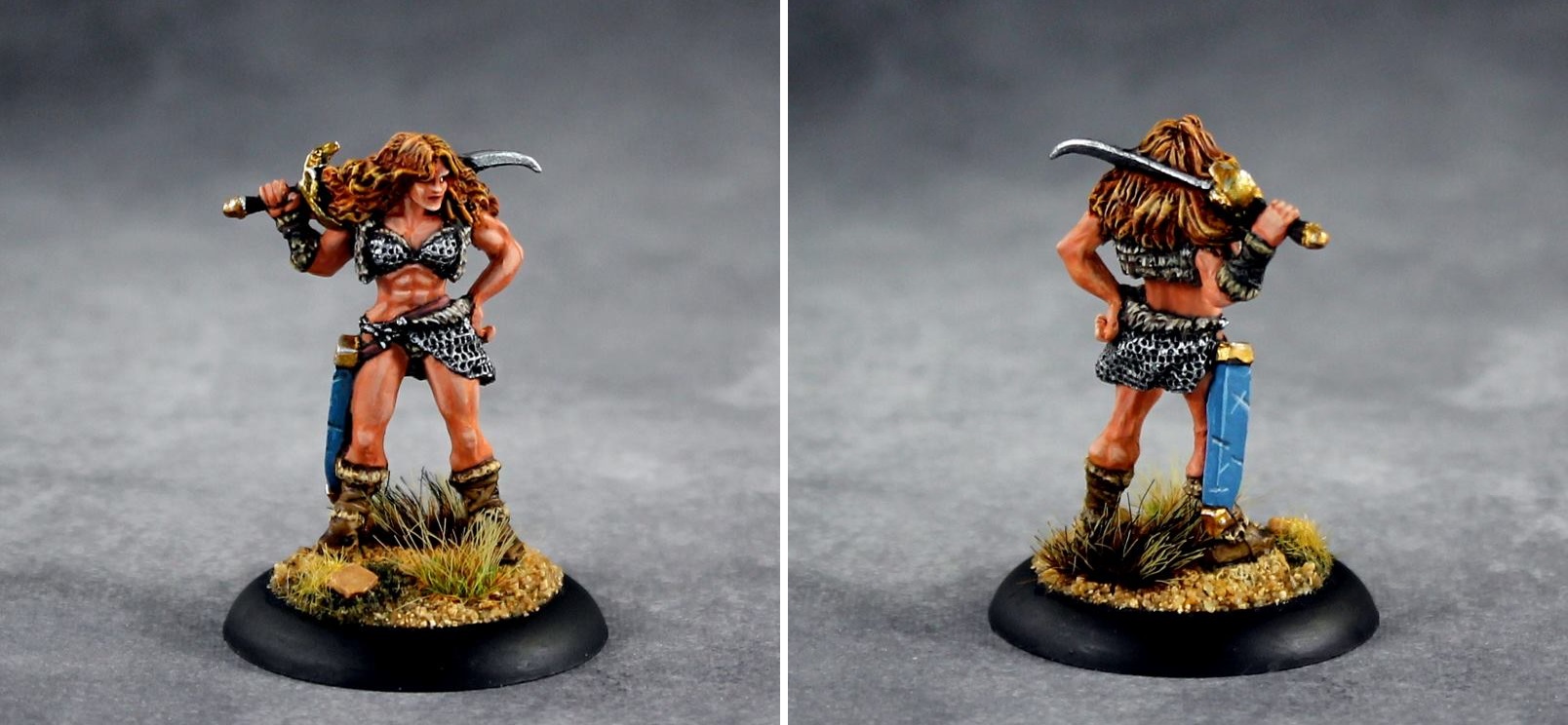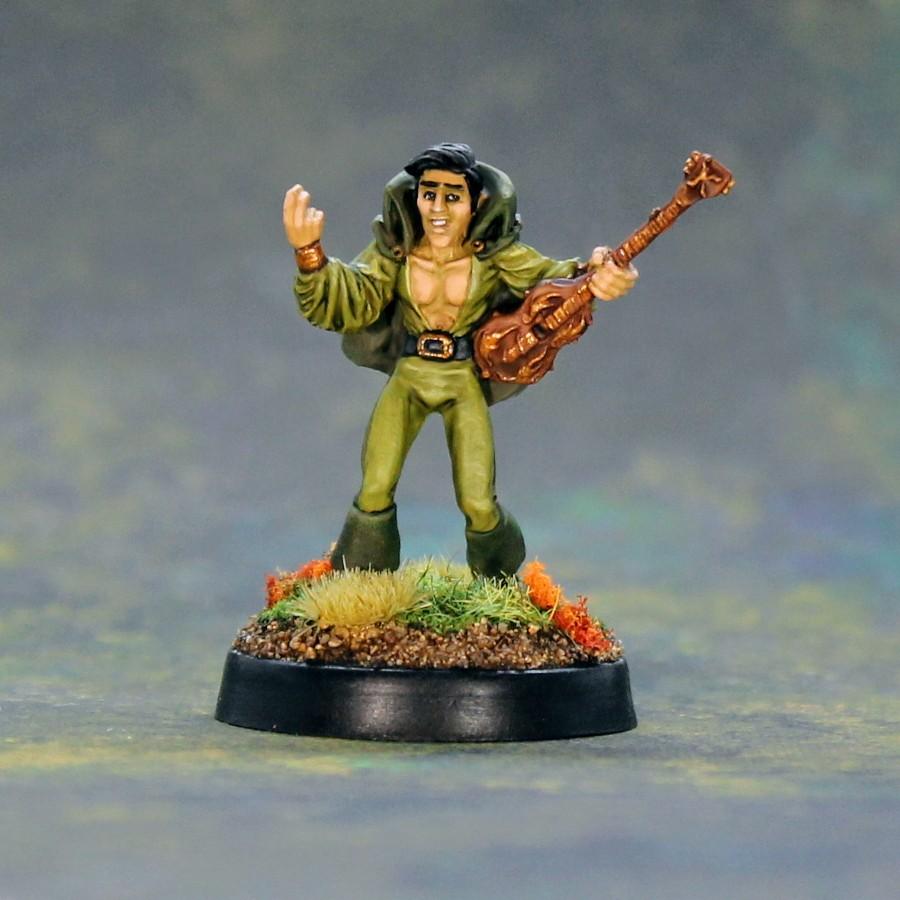Feral Zombies
In the competition for most done-to-death horror movie genre, the battle between zombie survival and found footage has probably been won by found footage, much to the detriment of movie making. My hypothesis is that movies are like books in terms of quality. Most books aren’t all that bad, but they’re not very good either. Many books, a week or so after I’ve read them, I’ve pretty much forgotten them. Same too with movies, especially, it seems, horror movies.

Thus, Feral, starring Scout Taylor-Compton and Lew Temple, along with several others who mostly serve as a combination of plot point and monster food. There’s nothing original in Feral. Zombie virus? Check. Grizzled cabin-dweller with a dark secret that’s revealed as a prologue? Check. Stuck-up girlfriend? Check. Spurned ex-boyfriend with a chip on his shoulder? Check. Zombies that growl and pose before attacking? Check. Hackneyed moral dilemma explored via characters screaming at each other? Check. Unsurprising surprise ending? Check.
Et cetera, et cetera.
Taylor-Compton almost delivers a strong performance, but the script holds her back. So too with Temple. The earlier parts of the film work better than the climax and ending. Taylor-Compton’s Alice manages to be determined and strong, and Temple’s Talbot comes across as haunted and regretful. Then the script degenerates into “Do it!” “I won’t do it!” repetition while the zombies alternate between lightning quick stealth and plodding stomach growls.
Feral is a mess, and a minimally entertaining one at that.
Zombie, Feral
Medium undead, unaligned
Armor Class 12
Hit Points 22 (3d8+9)
Speed 30 ft.
Ability Scores STR 16 (+3), DEX 14 (+2), CON 17 (+3), INT 7 (-2), WIS 10 (+0), CHA 9 (-1)
Damage Resistances bludgeoning, piercing, and slashing
Skills Athletics +5, Perception +2, Stealth +4
Senses darkvision 60 ft., passive Perception 12
Languages understands the languages it knew in life but can’t speak
Challenge 1 (200 XP)
Aggressive. As a bonus action, the feral zombie can move up to its speed toward a hostile creature that it can see.
Critically Hit. The feral zombie’s damage resistance does not apply to critical hits.
Daylight Torpor. The feral zombie gains a level of exhaustion when it starts its turn in sunlight.
Keen Sight. The feral zombie has advantage on Wisdom (Perception) checks that rely on sight.
Pounce. If the feral zombie moves at least 20 feet straight toward a creature and then hits with a claws attack on the same turn, that target must succeed on a DC 13 Strength saving throw or be knocked prone. If the target is prone, the feral zombie can make one bite attack against it as a bonus action.
Actions
Multiattack. The feral zombie can make up two attacks, using its claws and bite one time each.
Claws. Melee Weapon Attack: +5 to hit, reach 5 ft., one target. Hit: 8 (2d4+3) slashing damage. If the target is a creature, it must succeed on a DC 13 Constitution saving throw or become infected. The target gains a level of exhaustion and can’t regain hit points. Its hit point maximum decreases by 5 (1d10) for every hour that elapses. Each hour, the target must make a DC 13 Constitution saving throw or gain another level of exhaustion. The target dies if this effect reduces its hit point maximum to 0 or it reaches 6 levels of exhaustion. The infection can be removed by a lesser restoration spell or other magic.
A humanoid that dies while infected rises 4 (1d8) hours later as a feral zombie, unless the humanoid is restored to life or its body is destroyed. The new feral zombie is not under the control of the feral zombie that created it.
Bite. Melee Weapon Attack: +5 to hit, reach 5 ft., one creature that is prone, grappled by the feral zombie, incapacitated, or restrained. Hit: 7 (1d6+3) piercing damage. If the target is Medium or smaller, it is grappled (escape DC 13) and restrained until the grapple ends.




